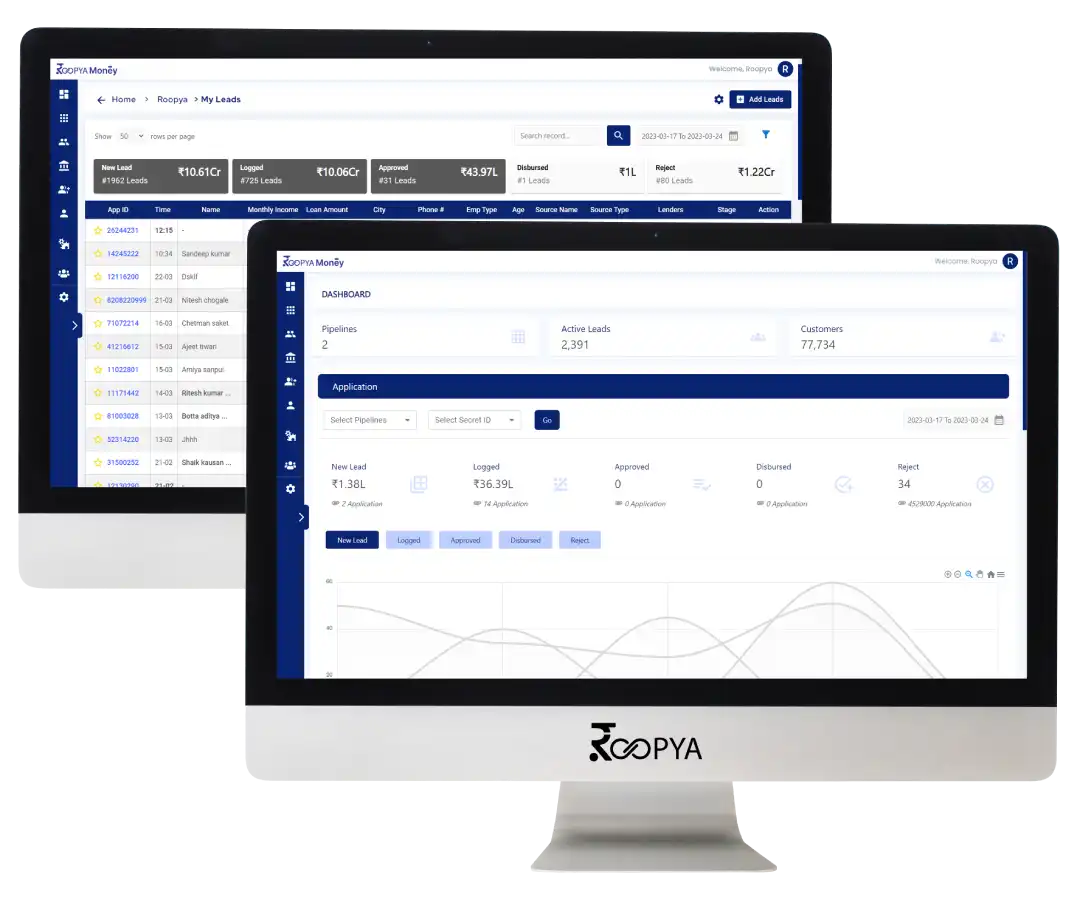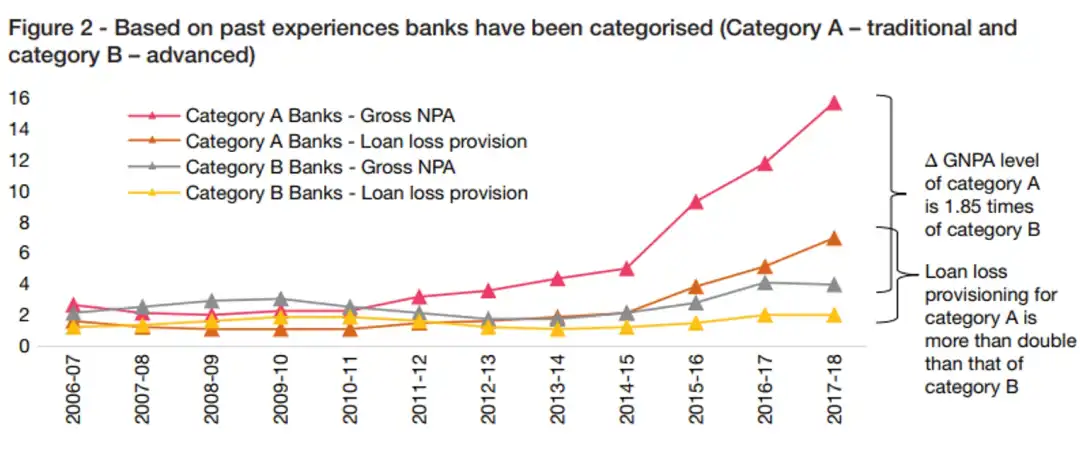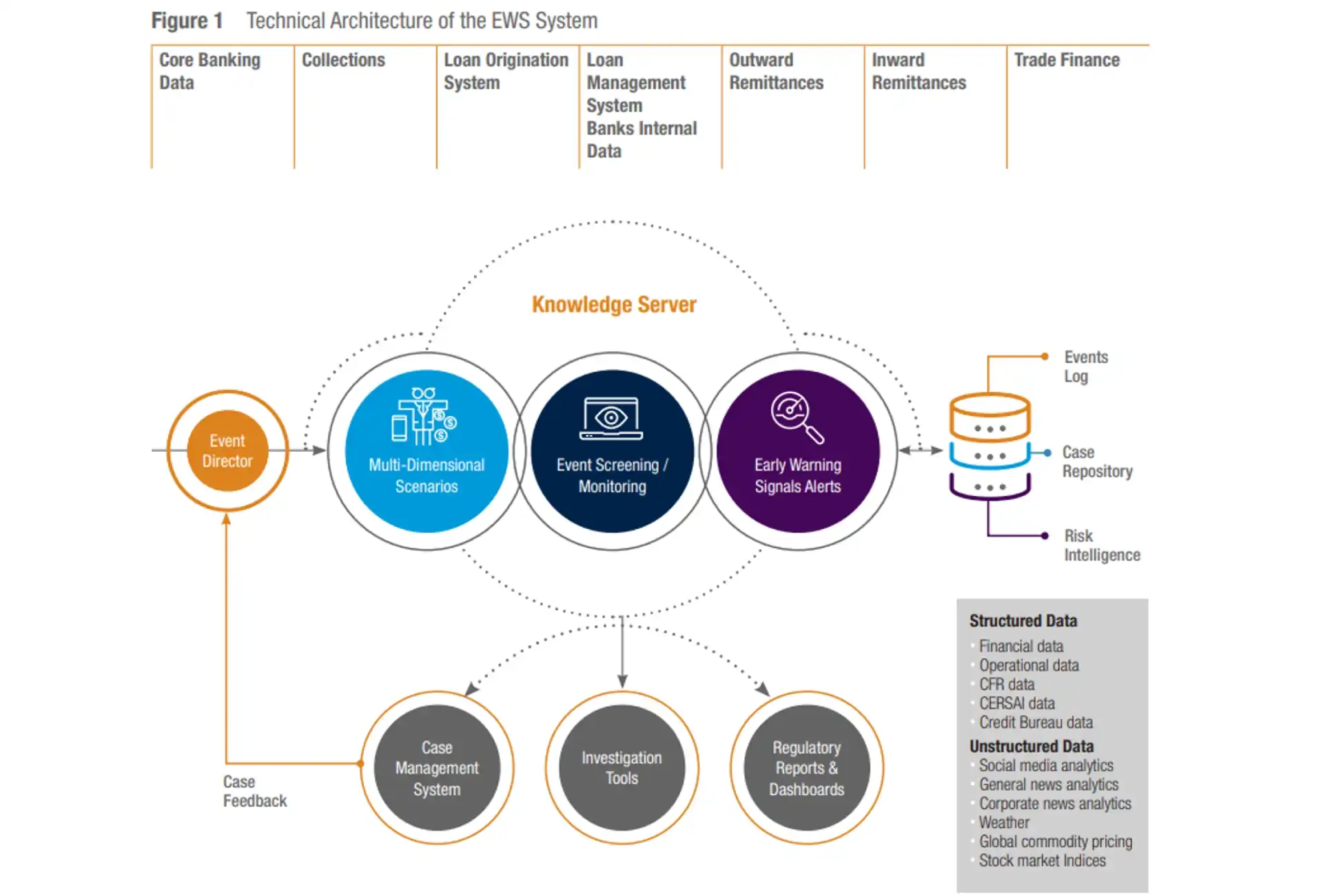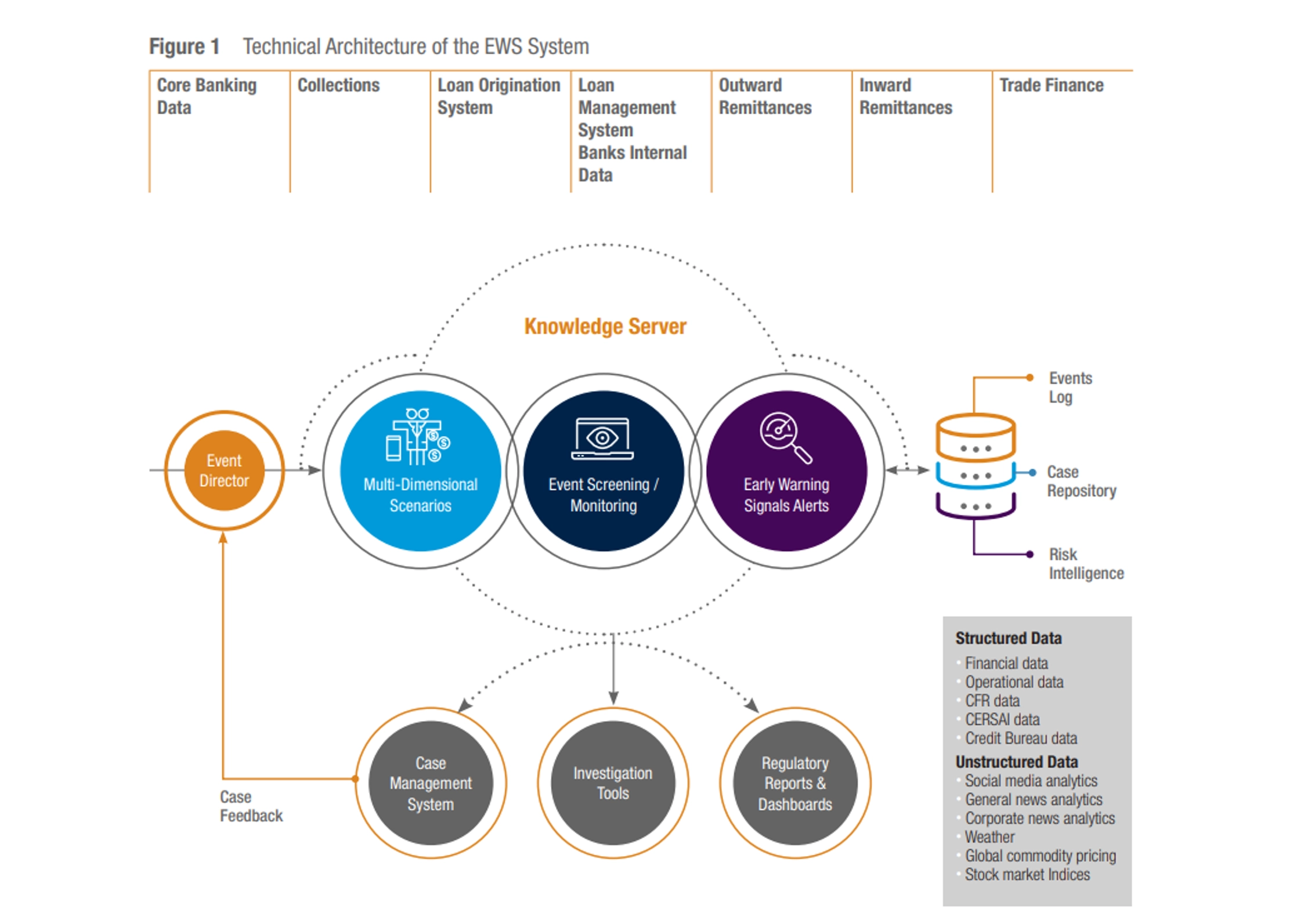Lenders typically use a combination of quantitative and qualitative factors to assess a borrower’s credit risk and identify early warning signals.
Quantitative factors may include financial ratios such as debt-to-income ratio, loan-to-value ratio, and current ratio. These ratios provide insights into a borrower’s financial health and ability to repay their loans. Lenders may also use credit scores and credit history to assess a borrower’s creditworthiness and likelihood of default.
Qualitative factors may include industry trends, market conditions, and management quality. For example, a lender may consider the borrower’s management experience and track record, as well as the overall health of the industry in which the borrower operates.
By analyzing both quantitative and qualitative factors, lenders can develop a holistic view of a borrower’s credit risk and identify potential early warning signals. For example, if a borrower’s debt-to-income ratio is increasing over time, it could be a sign of financial stress and a potential early warning signal. Alternatively, if a borrower operates in an industry with declining sales and profits, this could also be a sign of potential credit risk.
Overall, early warning score calculation in lending is a complex process that requires careful analysis of multiple factors to identify potential credit risks and take proactive measures to mitigate these risks.








